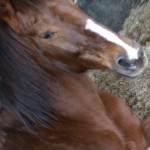 As winter finally settles in with the first snowfall behind us and now the onset of a new morning ritual of hacking open frozen ponds and water troughs, I look at my mare and marvel at her capacity for not only surviving but thriving in the cold. This is her second winter without a rug and I am surprised by my astonishment at her ability not merely to cope but to deal with it all so well. Is this not what I have learned, that horses’ coats are designed to do just this and that rugs merely interfere with their capacity to do so? Yet Pip is 17 and all her life bar one of those years she has been rugged and stabled, now no more. Her physique is staggeringly solid and, as I contemplate it, my thoughts are drawn to other aspects of her current life all of which curiously seem to evoke words beginning with a “P”.
As winter finally settles in with the first snowfall behind us and now the onset of a new morning ritual of hacking open frozen ponds and water troughs, I look at my mare and marvel at her capacity for not only surviving but thriving in the cold. This is her second winter without a rug and I am surprised by my astonishment at her ability not merely to cope but to deal with it all so well. Is this not what I have learned, that horses’ coats are designed to do just this and that rugs merely interfere with their capacity to do so? Yet Pip is 17 and all her life bar one of those years she has been rugged and stabled, now no more. Her physique is staggeringly solid and, as I contemplate it, my thoughts are drawn to other aspects of her current life all of which curiously seem to evoke words beginning with a “P”.
Pip’s pees
“Pees” (pronounced like a somewhat flattened and lengthened form of “pace”) is a Dutch word meaning “tendon”. And it is the deep digital flexor tendon in Pip’s right foreleg which has largely dictated her life for the past three and a half months, or rather it has been the injury which has caused that body part to falter and has inflicted so much pain on my beloved mare.
For all that time she has been confined to a small area to prevent her from trotting or engaging in any other overly boisterous movement. When the rains came that area had to be reduced even further to keep her out of the deep mud which would have placed a huge strain on her tendon. The closest she has been allowed to approach movement resembling anything faster than walk is when she has had the opportunity to roll in the sand in what passes for our indoor manège at the end of a six-metre lead and leaps to her feet and then into the air, galvanised by the energy coursing through her body. And yet Vicki and I have often spied a semblance of trot to the extent possible within her confined quarters upon our return from the forest with Anaïs.
Pip the patient
Patient she may be but patient she is not, well certainly not in the pen where I need to attach the Revitavet red light nodes to her lower forelimb. Some of the horses, mainly mares I think, do not like being in the pens when other horses approach. All that separates them from the intruders are a few metal bars. Pip often becomes very nervous when this occurs and I am called upon to be the most calm, grounded human, if I am to help her in these conditions.
I apply the red light therapy every single day for about a month at a time. This is followed by a week off and then we start again. At least once or twice a week I supplement this with Equine Touch. In fact these are the only two forms of treatment which Pip has been receiving since the onset of her injury and neither has been prescribed by a vet. Initially not very well-disposed to Equine Touch, Pip has come to enjoy it to the extent that she allows me to carry out the procedures almost at liberty alongside our quite country road while she grazes in between the moves. The knee procedure is one of her favourites, judging by the relaxed way in which she allows me to pick it up and place her leg between mine while I manipulate the joint. Our mares seem to know instinctively when we are trying to help them and usually cooperate with us, unless something else is bothering them. In some cases they actually approach us of their own accord to seek help.
Pip’s progress
On Wednesday the vet arrived to perform another ultrasound scan. Although I was pretty sure that Pip was well on the road to recovery, I still briefly held my breath. There was no need to do so. The vet confirmed that Pip’s convalescence is proceeding magnificently. New tissue has formed and her recovery is so good that any further improvement will exceed ultrasound capabilities. Quite simply, it will not show up on an ultrasound scan.
In fact, I was promptly given the go ahead to start Pip trotting as part of her recovery programme. We are now on 24 minutes of walking and one minute of trotting, which takes us along the quiet, sealed country road into the forest and back to the livery yard. And the good news is that Pip is definitely not lame in trot, although we did have a brief heart-stopping scare on the very first day of her new fitness regime.
Vicki was walking with Anaïs ahead of me, when suddenly I noticed Pip go horribly lame. My gut hollowed and my mouth dried. No, this could not be, not within minutes of the vet being so satisfied with her progress. Then my instinct to help her kicked in and I suddenly noticed that my mare was putting all her weight on her “bad” leg. It had to be something else and fortunately it was. A stone had got wedged in the groove running along the frog of her left fore hoof. I removed it and Pip was sound again. Vicki and I chuckled nervously and breathed a sigh of relief before continuing our walk with the mares.
Pip’s palace
In the meantime Pip has moved into new quarters adjacent to her previous ones and closer to the herd. Paul, the owner of the livery yard, has built a grand new shelter in which she has the space to lie down and enjoy moments of deep sleep, something which had been impossible for her to do when the rains came and turned everything to mud in her old quarters. And it is clear from the flax sticking to her thick winter coat that she is doing just that.
How long Pip will remain in her palace is somewhat uncertain now. Given her progress, the vet has given the go-ahead for her to return to the herd. Although I am apprehensive about this due to the obvious risks involved, I am also aware that a return to the herd will allow her to walk more, which is certainly going to help her recovery. Now that the herd is no longer allowed out to graze in the fields, which have little left in the way of grass and are far too wet or frozen, the horses’ movements are largely confined to walking from one part of their enclosure to another, except when our resident dominant male, Duke, decides to terrorise the equine population, which has led to some scary moments.
Given Pip’s progress, there is a temptation to move too fast. Vicki and I are both aware of this and have started to discuss the possibility of phasing Pip back into the herd, while she consolidates her ability to cope with trotting again. At present Pip’s return to the herd is a bit of an academic question, as conditions are not favourable to do doing so. The ground is frozen and pockets of water have turned to thin patches of ice. The horses are aware of this and gingerly negotiate the terrain. We will take all of this one step at a time.
Pip’s personality
As mentioned in a previous post, Pip has had to learn to become more independent and self-reliant since she has been separated from the herd, in general, and her mate, Anaïs, in particular. She is managing this particularly well without any noticeable stress.
As in the past when Pip has had a health issue and has required daily care, not only is our relationship benefiting from the close contact but she is also becoming noticeably calmer. The move to her palace has also helped her to relax. Friday, 16 January saw a major milestone occur in our relationship. For the very first time Pip allowed me to sit down next to her, to touch and to just hang out with her while she was lying down. She had obviously been sleeping before I arrived and was so utterly calm and content, a mood that I found to be highly contagious.
In the grand scheme of things an owner sharing time and space with a horse while the two of them are recline on the ground is far from uncommon. Yet if I think back to the horse that came into my life a little over two and a half years ago and recall the stress and anxiety which she used to feel whenever the tack was removed from her body and there was only just the two of us left together, this is major. I suspect it must be a very long time since Pip ever allowed a human in so close while so vulnerable, if she has ever done so.
Pip’s portrait
If you are on Facebook, you may already have seen this. At the beginning of the year I received a magnificent gift from Vicki in the form of an oil painting of Pip. It has been quite a while since the work was commissioned but the wait has been worth it.
The artist is Marin Elsen, one of our Equine Touch clients whom Vicki and I originally met before we had qualified. Marin’s lovely, sensitive mare, Yessi, was the subject of one of the numerous case studies which we had to complete en route to becoming a qualified Equine Touch practitioner. There is little more I can add in praise of Marin’s skills than to refer you to the picture of Pip’s portrait. You can find out more information about Marin’s work at www.marinelsen.nl.
Pip’s potential
Although Pip and I are not yet out of the woods, I am astounded by the enormous progress that we have made in just three and a half months. In many respects this progress has been far better than I could have hoped for, because it extends far beyond Pip’s physical condition. Bit by bit (or rather bitless) my mare is beginning to realise her full potential, which extends way beyond the intermediate level she achieved in the dressage competition arenas of the Netherlands.
No doubt there will be challenges in the future. Already I can see one of them looming. Soon after Pip came down with this injury, I had more or less concluded that I would never ever ride her. Now I am not too sure that I have much of a choice. In the period ahead her training programme will increase by two minutes of walking and one minute of trotting each week, none of it on a circle. At a certain point I am definitely not going to be able to guide her in trot from the ground. As I see it now, at that point Pip may want to allow me to ride her, if I am to be able to help her to continue her convalescence. And at the rate my mare is going, we are likely to reach that point sooner rather than later. To be continued….
Horses and Humans on Facebook
May I remind you that we now have a Horses and Humans group on Facebook. If you would like to leave a comment, you can do so on this blog or on the the Horses and Humans Facebook group page. All new posts will feature on that page along with additional content posted by any of our members. Please feel free to join us at:
https://www.facebook.com/groups/horsesandhumans/
There is also a Horses and Humans publications page, which contains information concerning the publications released under the Horses and Humans imprint. Some of those publications will be free of charge. You will find it here:
https://www.facebook.com/horsesandhumans
I also have a Facebook page through which you may contact me. You will find it at:
https://www.facebook.com/andrewglynsmail
Equine Touch
Our Equine Touch business is calleed Humans for Horses, you can find our website at:
http://www.humansforhorses.com/
and our Facebook page at:
https://www.facebook.com/Humans.for.Horses
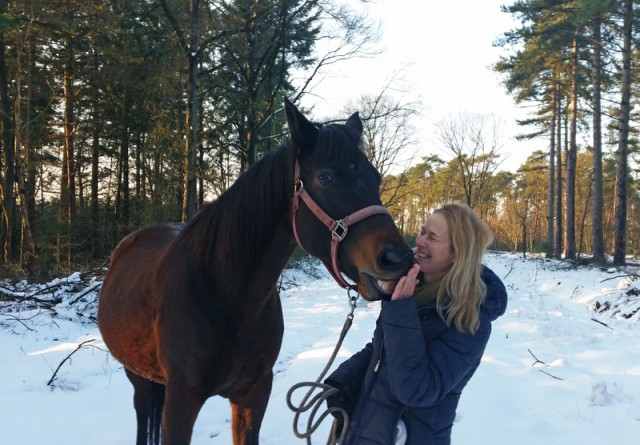
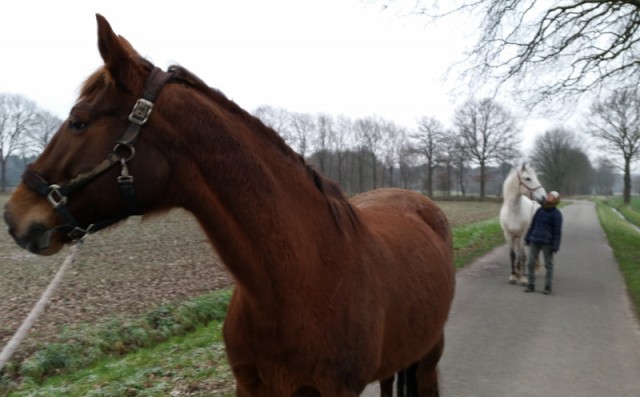
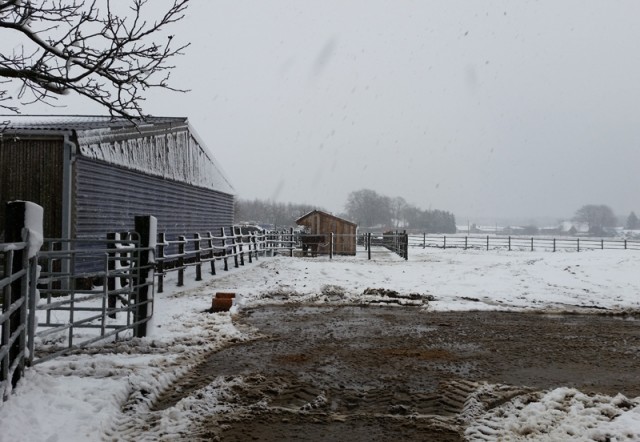
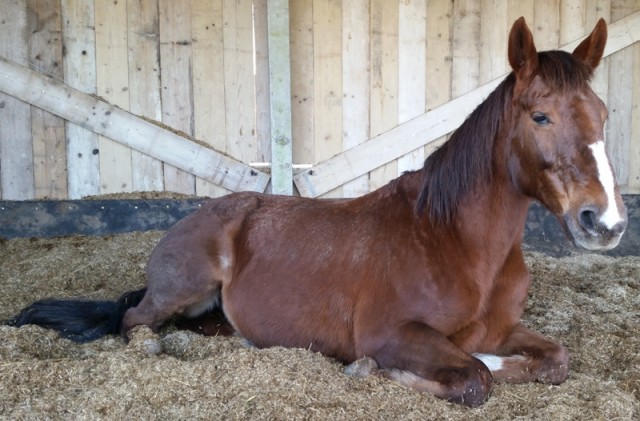


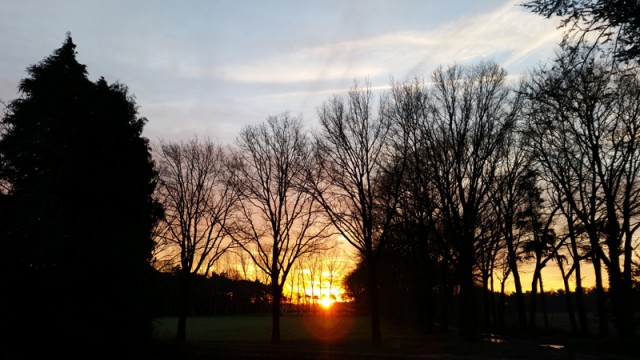



Nice ANdrew 🙂
Dear Geerteke
It is nice … in so many different ways.
Be well!
Andrew
Hi Andrew
And so life continues step by step, but the portrait certainly demonstrates the beauty of each moment.
Cheers
Ian
Dear Ian
It is indeed a depiction of beauty, that portrait. I am raising my eyes to it above my desk as I write this.
Be well!
Andrew
Yes, as they say the map is not the territory but it sure helps us to keep our sense of direction – the portrait leads us on…
It’s so wonderful to see you with Pip and her lovely portrait. Hope Pip will recover soon! Thanks for sharing. Reiko
Dear Ray
Thank you for your good wishes. Pip is going from strength to strength.
Be well!
Andrew
I like the two goofy ladies in the forest!!